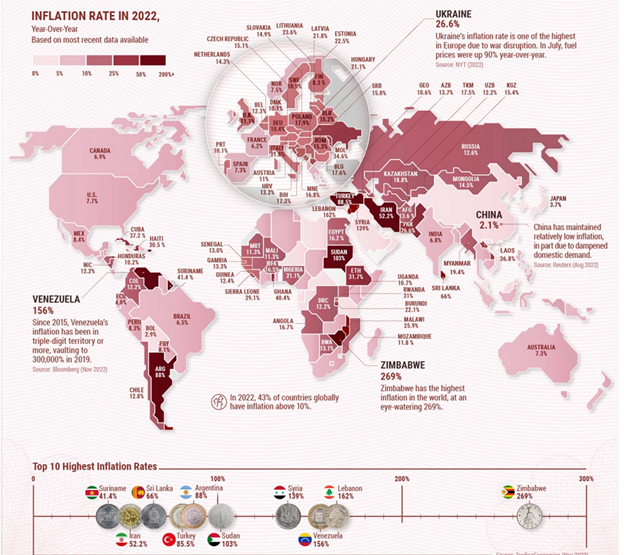Due to the surging prices of food items, 70% of the Iranian household’s food basket has been depleted, making it a luxury to purchase clothes or even have a basic shelter.
Inflation is one of Iran’s major economic crises, plunging tens of millions of people below the poverty line and wreaking havoc on their lives.
The primary factors contributing to inflation in Iran include the government’s budget deficit and the printing of banknotes.
In contrast, regime President Ebrahim Raisi claims to have neither borrowed nor printed any banknotes since assuming office, although state media contradict this assertion.
“Right now, according to the balance sheet of our banking system, the government sector owes 8,000 trillion rials to the banks, and the approach the administration has taken so far is borrowing indirectly from the central bank,” E’temad newspaper wrote on April 5.
Blaming Raisi’s administration for the skyrocketing prices, the state-run Jomhouri Eslami daily noted on April 8: “While the government was busy with its ‘inflation control sessions, how come the price of vehicles rose by 70%? How about the 76% increase in medicine or the pricing for dairy or other food items?”
“All goods and services became tremendously expensive, and they announced the point-to-point inflation in April as high as 59.1%,” the Etemad newspaper wrote on May 9.

According to an International Monetary Fund report in January 2023, 39 countries have an inflation below 5%, while 96 countries fall between 5% and 10%, 41 countries have an inflation of 10% to 20%, eight countries have an inflation between 20% and 40% and nine countries have an inflation above 40%. According to the regime’s official stats, only Sri Lanka, Suriname, and Yemen are in a worse situation than Iran.
Even according to official accounts, the Iranian regime has the highest level of food inflation after Lebanon, Zimbabwe, and Argentina. A simple comparison might help to shed light on how much Iranians have become poorer in just one year:
Considering the state-provided food stamps worth 3 million rials, the following options would be available for an ordinary citizen:
- In May 2022, one would buy 221 loaves of bread, whereas this year, only 133 loaves of bread are obtainable for the same money; this shows a 60% reduction.
- In May 2022, 1.7 Kg of chicken versus this year, only 800 grams, a 40% reduction
- In May 2022, 21 eggs versus only seven eggs in May 2023, a 67% reduction
- In May 2022, one would be able to purchase one kilo of dry tea versus this year only 150 grams, an 85% reduction.
- In May 2022, a citizen would buy 0.5 liters of cooking oil; this year, the same person can only buy 0.2 liters, a 60% reduction.
- In May 2022, one would afford 3 Kg of potatoes, and this year, only 1.6 Kg, a 47 percent reduction.
This data shows evidence indicating a significant decline in Iranians’ purchasing power over one year.
Statistics reveal that the prices of essential commodities, such as food items, have increased by up to 70 percent during this period. Furthermore, the impact of inflation on people’s lives is vividly illustrated by the automobile industry.
For instance, the renowned Iranian car brand Pride, known for its lack of safety features, has seen an astonishing price surge of over 1,700% in just five years. As a result, the dream of owning a car has become unattainable for many Iranians.
In conclusion, the stark contrast between the struggles of ordinary Iranians and the extravagant lifestyles of state officials and their privileged children has fueled growing discontent and resentment towards the ruling establishment. The immense burden imposed by skyrocketing prices of necessities has made it increasingly difficult for the general population to cope.
Simultaneously, reports of officials enjoying opulent lives in prestigious areas within the country and utilizing their dual citizenship to access privileges abroad have only intensified social animosity. This stark disparity in living conditions exacerbates social divisions and contributes to the forecast of heightened social unrest in the future.
The deepening sense of inequality and the perceived disregard for the hardships faced by ordinary citizens are sowing the seeds of discontent and further eroding trust in the ruling establishment.





